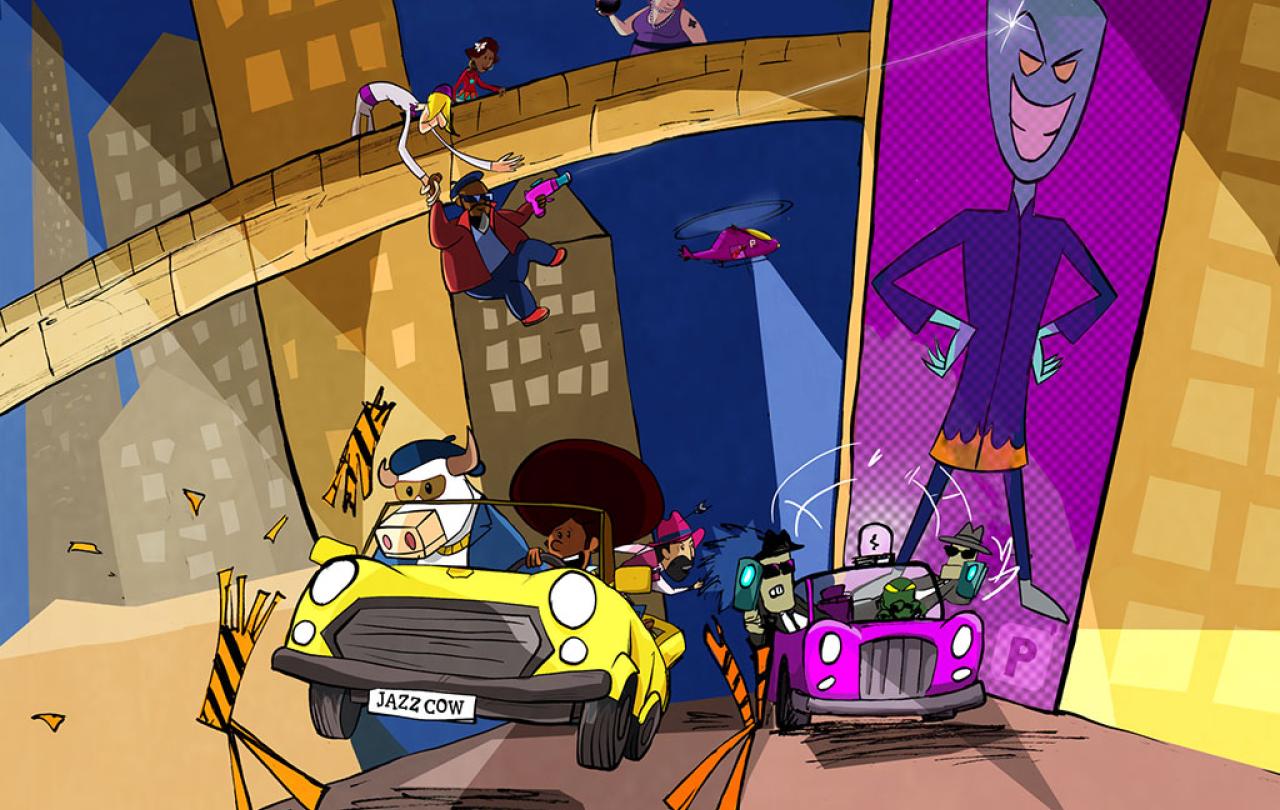
What do you do when more money won’t solve a government’s problems? Abundance: How We Build A Better Future, the new book by Ezra Klein and Derek Thompson is an extended polemic against a form of government—particularly as practiced by US liberals—that stymies policy delivery. However technocratic that sounds (and the book often is), it forces readers to confront deeper questions about the nature of politics.
At the heart of the book is a critique of what the authors, drawing on the film Everything Everywhere All At Once, call 'Everything Bagel Liberalism'. In the film topping are added to bagel to the point that it becomes a blackhole. So too, Klein and Thompson suggest, with so much well-intended policy, in which in seeking to tick every possible box and satisfy a range of regulators it becomes a delivery blackhole and little is actually done. The authors ask whether parties of the left are focused on measuring spending to the exclusion of measuring what gets built.
The first chapter gives a good sense of their approach. It tells a familiar story about the way in which so many are being priced out of cities because of a lack of affordable housing. However, in doing so, it highlights a surprising harm: that geographical proximity remains an important enabler of technological innovation so a lack of affordable housing in cities means a loss of creativity.
The diagnosis is perhaps even more surprising coming from American liberals. Special interests—including those seeking to protect the value of their own houses—weaponize interlocking sets of well-intentioned legislation to prevent homes being built. Subsequent chapters apply that similar logic—regulation and a lack of focus resulting in inaction—to infrastructure, government capacity, scientific research and the implementation of new inventions.
The book's strength is that it is not particularly detailed in its policy proposals. Klein and Thompson instead offer abundance as a lens through which policy development can be viewed: what do we need more of and how do we get it? This lens can be applied from within a wide range of ideological frameworks. It is not itself a worldview but a challenge that any politics should be obsessed with effective delivery not simply desiring the correct end-state.
The book is unapologetically focused on America and the failures of progressive governance, particularly in California. (One of this book's peculiar legacies will be to leave many who have never been there perpetually invested in California's struggles to build high-speed rail.) Nevertheless, the approach already has its advocates in the UK - for example, the Centre for British Progress which set out its stall last week, and it is not hard to see how an agenda here that could be seized by a less hesitant Starmer government.
Any plausible political analysis must hold together the reality of scarcity and abundance. Losing sight of either unmoors us from the actual world we find ourselves in.
Indeed, perhaps the book might feel more realistic if it had other countries in mind. Reviewing Abundance, Columbia economist Adam Tooze describes the book as painful to read, characterising it as a manifesto for the Harris presidency that never was. Indeed, according to the authors, the book was originally scheduled for release in summer 2024 to influence the Democratic platform leading up to the 2024 elections. Instead, it appears in 2025 amid Trump's assault on institutions, Tooze's Columbia among them.
In an interview on Pod Save America, the authors argued that the book is still relevant, offering a framework with which Democrats can oppose Trump. Thompson described the Trumpian view of politics as fundamentally shaped by scarcity. He suggests that behind 47th president's policies—most notably the tariff agenda—is the conviction that every interaction is zero-sum; for you to gain, I must lose. On this analysis, the way to oppose a politics that pits groups against one another over limited resources—housing, trade, jobs—is to figure out how the government can provide more and argue for it. In its critique and its hopefulness, Abundance offers those who believe in institutions a way to navigate—even work with the grain of—the anti-institutional temperament of contemporary politics.
There might be something to this messaging, but scarcity plays an unmissable role in Klein and Thompson's argument. Remember that they characterise what they oppose as "Everything Bagel Liberalism", policy that tries to achieve every outcome and loses focus in doing so. They may conceive scarcity differently to Trump, but their book is a warning policy cannot deliver as much as we think. It is a call for us to oppose, to compete against those special interests—whether they be residents’ associations wanting to hold up house prices or politicians wanting to cut research grants—whose policy priorities overload the bagel.
At heart, the book is a reminder that ultimately the salient scarcity in politics is not housing or trade or even money. It is time. Abundance cautions governments that unfocussed policy yields the time entrusted to them by the governed.
Humans cannot lead politics completely beyond its zero-sum logic. The world is so often a violent competition over resources and government must restrain that violence while avoiding being co-opted as a means of exploitation. And yet, politics is also—even primarily—an avenue through which communities answer a primal summons to be fruitful, abundant.
Ultimately, any plausible political analysis must hold together the reality of scarcity and abundance. Losing sight of either unmoors us from the actual world we find ourselves in. Yes, there is so much broken and warped to reckon with, and we must grapple too with our finitude’s bluntness, but so too is creation replete with goodness, among them our capacity to invent and deliver what we need together.
Celebrate our 2nd birthday!
Since March 2023, our readers have enjoyed over 1,000 articles. All for free. This is made possible through the generosity of our amazing community of supporters.
If you enjoy Seen & Unseen, would you consider making a gift towards our work?
Do so by joining Behind The Seen. Alongside other benefits, you’ll receive an extra fortnightly email from me sharing my reading and reflections on the ideas that are shaping our times.
Graham Tomlin
Editor-in-Chief





